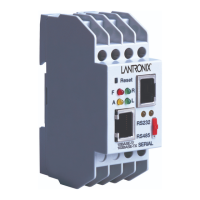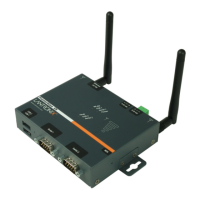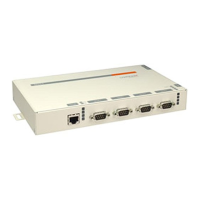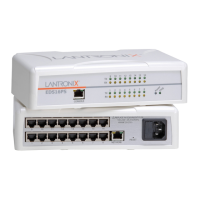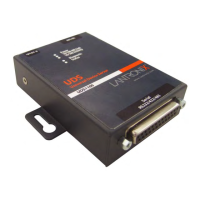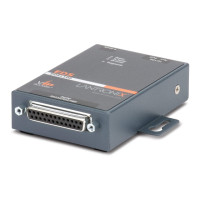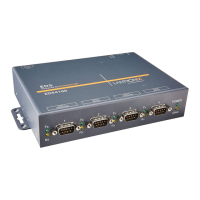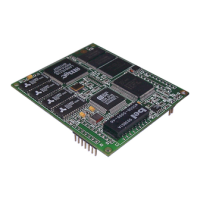Glossary
Physical Address:
An address identifying a single node.
Physical Layer:
Layer 1, the bottom layer of the OSI model, is implemented by the physical channel. The Physical
layer insulates Layer 2, the Data Link layer, from medium-dependent physical characteristics such as
baseband, broadband or fiber-optic transmission. Layer 1 defines the protocols that govern
transmission media and signals.
Port:
The physical connector on a device enabling the connection to be made.
Protocol:
Any standard method of communicating over a network.
Remote Access:
Access to network resources not located on the same physical Ethernet. (Physical Ethernet here
refers to an entire site network topology.)
Router:
Device capable of filtering/forwarding packets based upon data link layer information. Whereas a
bridge or switch may only read MAC layer addresses to filter, routers are able to read data such as IP
addresses and route accordingly.
RS232 Signals
RXD Receive Data
TXD Transmit Data
RTS Ready to Send
CTS Clear to Send
DTR Data Terminal
Ready
CD Carrier Detect
DSR Data Set Ready
RI Ring Indicator
Server:
A computer that provides resources to be shared on the network, such as files (file server) or
terminals (terminal server).
Session:
A connection to a network service.
SNMP:
Simple Network Management Protocol, allows a TCP/IP host running an SNMP application to query
other nodes for network-related statistics and error conditions. The other hosts, which provide SNMP
agents, respond to these queries and allow a single host to gather network statistics from many other
network nodes.
XPort™ User Manual and Development Kit 12-5
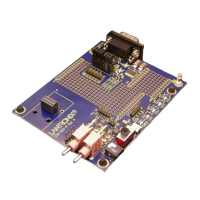
